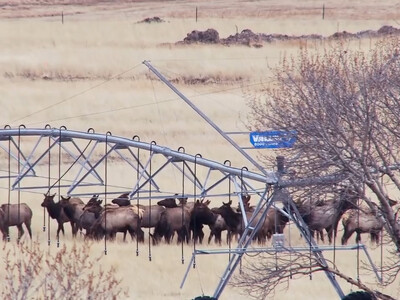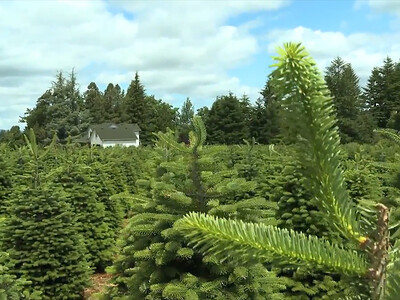Beef's Sustainability
My late father in-law, once a well known cattle buyer in Oregon, would have been surprised by the direction the beef Industry has moved in the thirty years since he was an active participant. Welcome to Open Range I is Susan Allen I’ll be right back after a quick break. Thirty years ago my father in-law was on the road nearly every day with the exception of Sunday covering great expanses of Oregon buying cattle at various sale yards and ranches. Today few auction houses remain as most cattle are sold via internet. I know he would have been surprised by other changes in just thirty years as well not only in cattle feeding, but the negative perception of fattened cattle courtesy of the anti-beef movement. Yet a WSU study found that beef sustainability has considerably improved. For example in 2007 compared to 1977, thirteen percent fewer cattle were slaughtered but those animals produced thirteen percent more beef using fewer resources. In greenie lingo beef’s carbon footprint was reduced eighteen percent. In fact compared to the cattle my father –in-law was buying in 1977 each pound of beef today used ten percent less feed energy, twenty percent less feed, a whopping thirty percent less land, fourteen percent less water, and nine percent less fossil fuel all resulting in an eighteen percent decrease in carbon emissions. The WSU study covered the cattle industry from crop production to the processing plant. Ah a pleasant surprise and I am sure a nod from Heaven from an old cattle buyer over the fact the beef industry has become a lesson in sustainability. I’m Susan Allen..


















